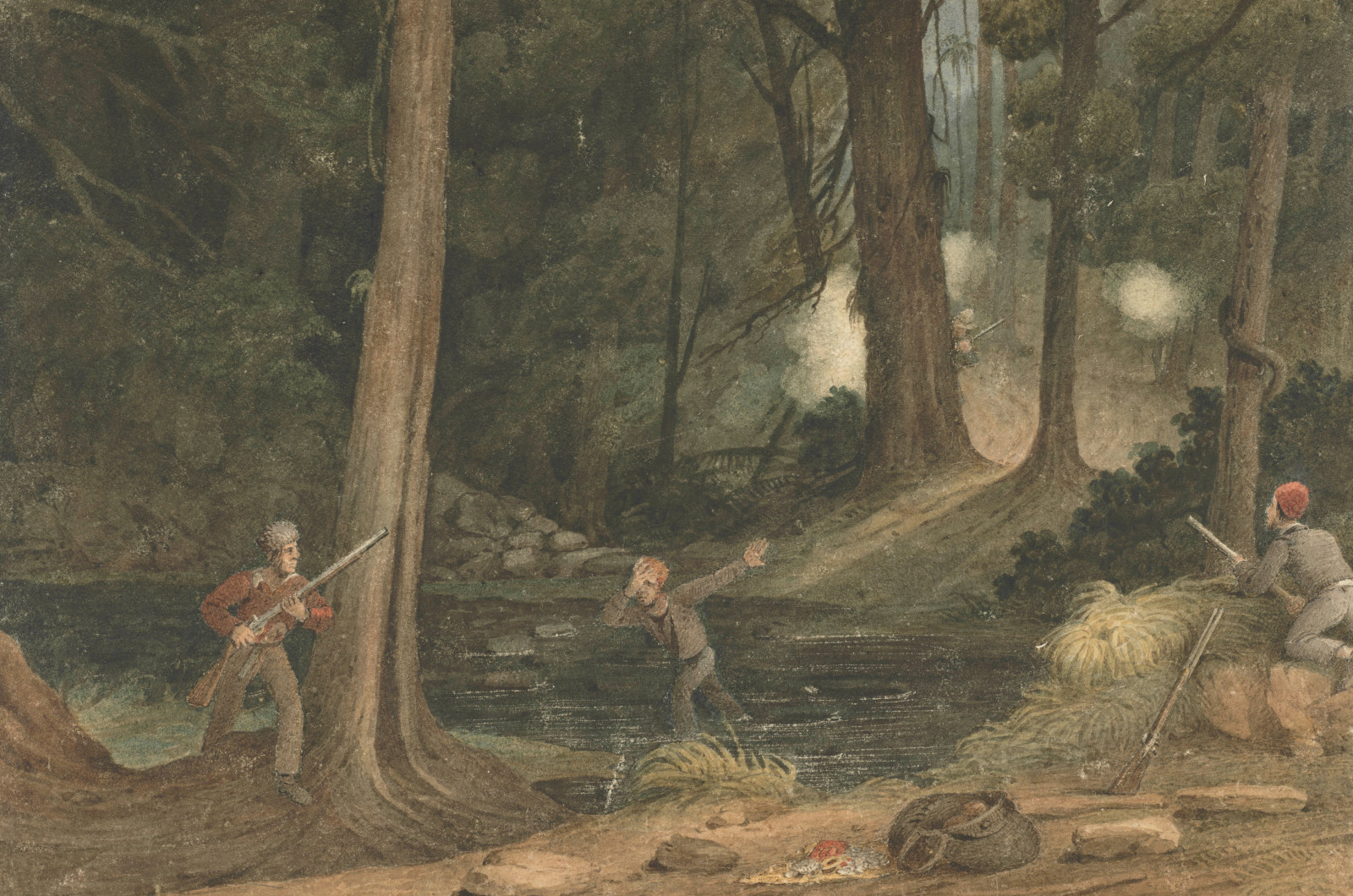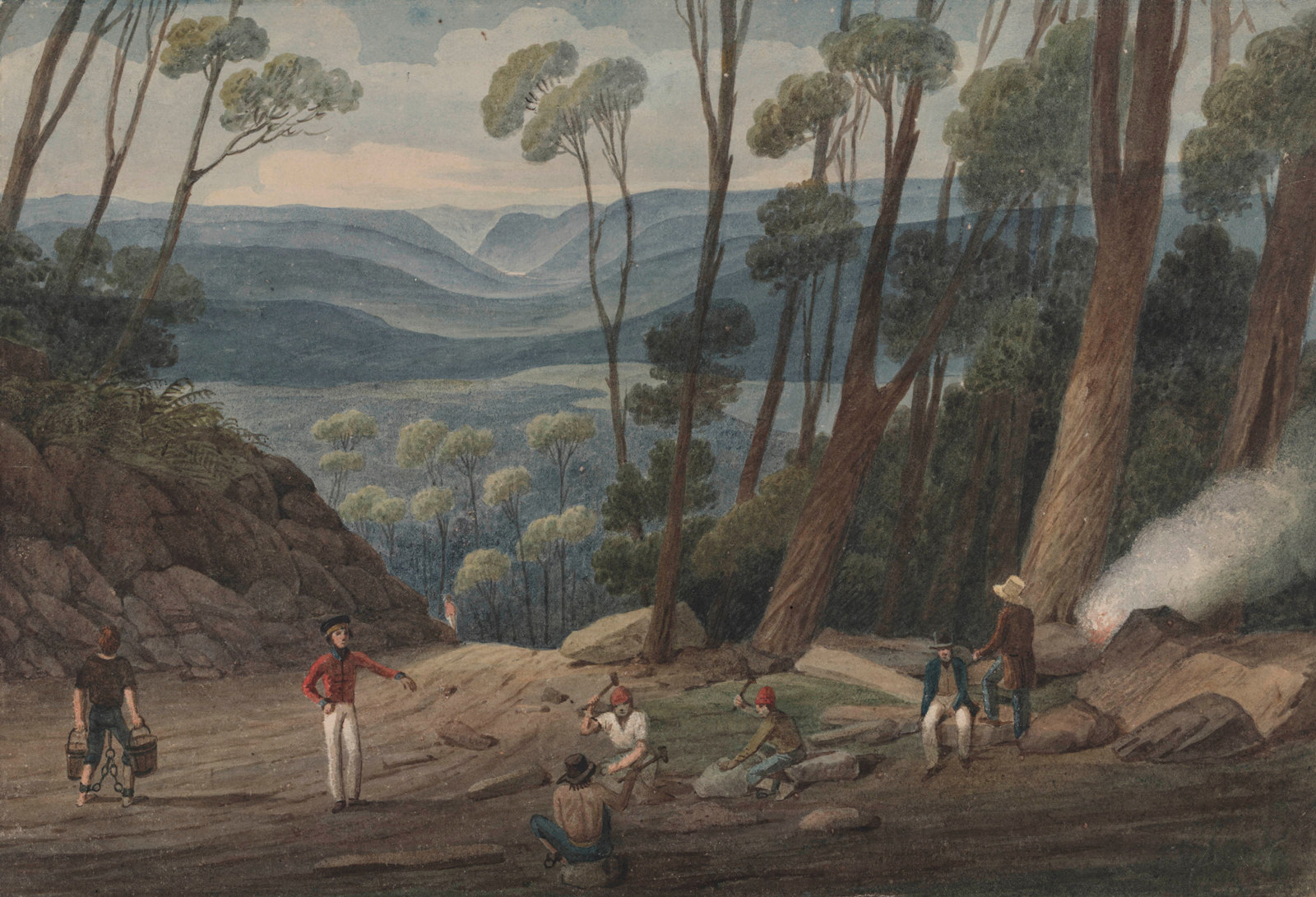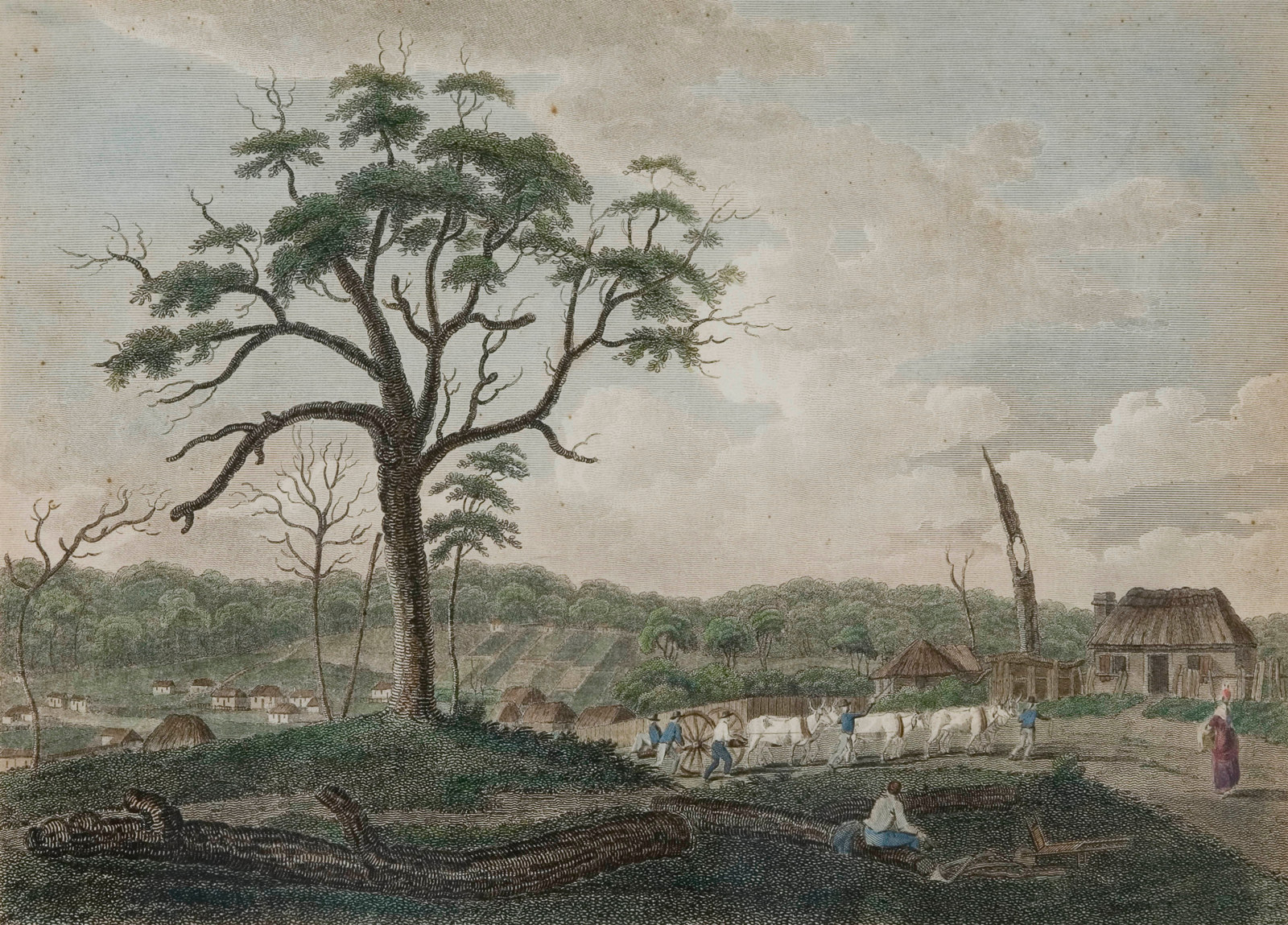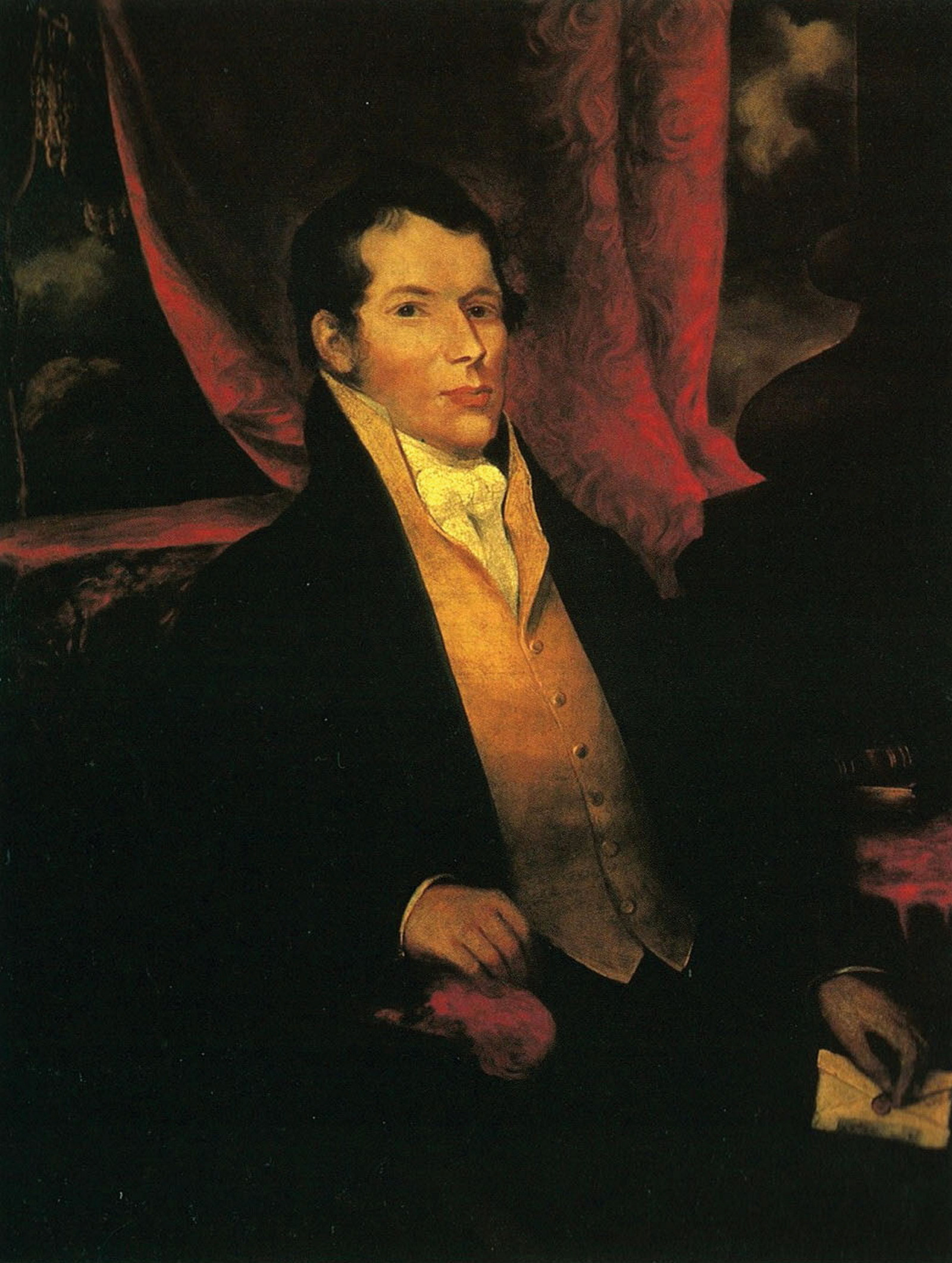Australian convict sites
In 2010 a group of 11 historic places scattered across Australia were inscribed on the World Heritage List. This was the first time sites connected to penal transportation have been included.
These sites place Australia’s convict history within the broader story of European expansion, along with the forced migration of labour in the late 18th century.
Talk of Australia’s convict beginnings was once taboo, a source of embarrassment. It is now treated with pride. Along with the social and cultural legacy, Australians have come to value the objects and architectural remains that record and recall their convict past. The once neglected ruins and relics have become must-see attractions.
The World Heritage List
The UNESCO World Heritage List includes places of international importance and works to protect and promote the ‘outstanding universal values’ identified in each case. Find out more about the listing.
The Australian Convict Sites now on the list highlight Australia’s convict beginnings and illustrate changing attitudes towards crime, punishment and the treatment of prisoners throughout the 18th and 19th centuries. As a group they reveal the broad range of institutions, structures and systems experienced by convicts in Australia between 1788 and 1868.
Norfolk Island
Kingston and Arthur’s Vale convict stations
Hellish prison outpost established in two phases on Norfolk Island between 1788 and 1855, the first as a failed agricultural experiment to aid the mainland colony and fend off rival maritime interests, the second as ruthless banishment for hardened or reoffending convicts.
New South Wales
Old Government House and the Government Domain, Parramatta
Successive colonial governors occupied this convict-built ‘country house’ overlooking the town of Parramatta between 1790 and 1856, with its extensive gardens and farming lands managed by a large convict workforce.
Hyde Park Barracks, Sydney
Refined architectural edifice, built in 1819 to house male convict workers of Sydney, who laboured under a strict though productive gang system, evolving throughout the 1830s into a feared and brutal administrative hub with convict courts and accommodation for convicts awaiting reassignment. Wound down during the 1840s and converted for free immigrant lodgings after 1848.
Old Great North Road, Wisemans Ferry
Convict-built retaining wall and drainage channel along the old Great North Road, Upper Hawkesbury, north of Sydney.
Gangs of convicts, mainly chained, under secondary sentences laboured in harsh, isolated conditions between 1826 and 1832 to construct a stone-buttressed road of astonishing quality, heading north through craggy upper Hawkesbury bushland, connecting colonial Sydney to the newly opened Hunter Valley farming lands.
Cockatoo Island Convict Site, Sydney Harbour
Cockatoo Island was an infamous island prison established in Sydney Harbour from 1839 to 1869 for reoffending convicts and hardened criminals who worked under brutal conditions to construct the prison quarters, a dry dock, underground silos and a notorious underground punishment hole.
Western Australia
Fremantle Prison
By the early 1850s, the Western Australian colony needed an injection of cheap, controllable labour to revive its ailing economy. Male convicts completed the massive limestone prison in 1852 along modified panopticon principles, highlighting separation, surveillance and control, reminiscent of Pentonville in Britain. Within a wide array of structures including warder and guard houses, workshops, a hospital and chapel, are extensive traces of illicit artwork and graffiti visible in numerous cells that were finally decommissioned in 1991.
Tasmania
Port Arthur Historic Site, Tasman Peninsula
A notorious penal station made up of more than 30 convict-built structures and substantial ruins located in evocative, largely uncleared bushland on the end of the Tasman Peninsula, functioning between 1833 and 1877 as both a large, self-sufficient industrial complex and hotbed for trialling successive penal philosophies, including systems of isolation, classification, the separation of boys, hard and skilled labour and psychological terror. Port Arthur was the largest convict manufactory in Van Diemen’s Land, producing ironwork, bronze-castings, leather work, ceramics, bricks, small boats and ships for the colonial government.
The Coal Mines Historic Site, Tasman Peninsula
Opened in 1833, this remote convict colliery on the Tasman Peninsula, where reoffending convicts from Port Arthur and elsewhere faced extreme physical brutality, became part of the government’s probation system in the early 1840s. Substantial and elaborate ruins include a complex of punishment cells, separate apartments, barracks, workshops, warder lodgings and chapel.
Cascades Female Factory, Hobart
Of the 25,000 women transported to Australia, around half were sent to Van Diemen’s Land. Most spent time in the grim, isolated and overcrowded Cascades factory, situated in a cold, swampy valley upstream from Hobart. Only stone enclosed yards of the original establishment remain where, between 1828 and 1856, convict women were confined, punished or sheltered to give birth, recover from sickness or undertake work.
Brickendon and Woolmers estates, near Longford
Six generations of a single family owned these neighbouring estates that were developed and farmed in by a large workforce of assigned convicts from 1820. The northern Tasmanian homesteads contain a vast complex of convict-built structures, many in working condition, that record the living and working lives of male and female convicts before the 1850s.
Darlington Probation Station, Maria Island
The Maria Island convict station on Tasmania’s east coast operated between 1825 and 1832 to banish and punish secondary offenders and runaways. Darlington reopened as a probation station in 1842, with prisoners classified by crime and conduct, producing cloth, shoes and timber works, signalling the arrival of a new experiment in convict management and reform that continued to 1850.
A new society
Each of the 11 Australian Convict Sites on the World Heritage List has a fascinating and complex history. Tales of transported criminals, swept into servitude in cruel and distant places, are told against a backdrop of stirring architecture, brutal institutions and landscapes. Linked together, they tell an epic human story about the mass movement of unwilling labour across the globe and the underpinning role of convict society and culture in colonial expansion.
The transportation of convicts around the world in the late 18th century was part of a common push by European nations to set up colonial outposts and military strongholds in far-flung regions. Britain, however, had different plans for its Australian territories. This was the only attempt to grow a new society from a penal colony. It was also the longest and most diverse scheme in operation, involving the greatest number of transported convicts, scattered across the widest expanse of land. Australia’s eight decades of convict transportation occurred during a time of heated public debate on crime and punishment.
Convict systems in Australia were not only influenced by changing ideas but also in many cases helped crystallise radical approaches to prison design, prisoner reform and enlightened theories on criminal behaviour.
166,000 convicts
Transportation, or a sentence of banishment across the seas, had been used to punish British criminals for centuries. Its victims were petty thieves, military prisoners, vagabonds, anarchists and political rebels. Before 1775, Britain sent convicts to its American and West Indian colonies; however, Britain’s defeat in the American Revolutionary War meant another destination was urgently needed.
As a short-term measure, retired warships turned into floating prisons called hulks and moored close to shore helped reduce crowding in local lockups and county jails. And hulk inmates could perform useful public works. But what the government really wanted was a fearsome and faraway place, strategically sited with commercial promise. In January 1787, a plan was announced in the British parliament to send convicts to the newly claimed territory of New South Wales.
Exactly a year later, a fleet of 11 ships carrying convicts, crew, soldiers and marines sailed into Port Jackson, dropping anchor at Sydney Cove. Over the next eight decades, more than 840 ships brought around 166,000 transported convicts to Australia. They came mostly from England and Ireland, but also from India, Canada, China, New Zealand and the Caribbean. Most were unmarried working-class men. Around 12 per cent were women, whose presence, while minor, was crucial to the success of the colony.
Hope in hell
Convict transportation, slavery and indentured labour were three brutal and oppressive systems used to sweep large numbers of captive workers away from home, usually across the seas. In each case a combination of discipline, terror, punishment and rewards made sure that unwilling workers were obedient and productive. All three systems brought unspeakable misery and suffering to millions of lives.
Unlike slavery or indentured labour, penal transportation was intended to rid a population of criminals and develop colonial outposts. While uncertain and unfair, the combined aims of crime control and colony building gave transported convicts a future. For convicts sent to Australia, there was a glimmer of hope in hell.
Having endured their sentence and served their time, convicts in Australia were given the unusual opportunity of re-entering the society they had helped establish, hopefully free of stigma. In the process, cultures, attitudes and traditions transported along with convicts filtered into Australian life.
Yet it is only in recent years that Australia has come to terms with its convict origins. The once carefully hidden history that bred a peculiar need for international approval is now openly explored. The World Heritage Listing of Australian Convict Sites aims to further unchain the country’s convict past.
New South Wales
Following the charts of Captain Cook, a fleet of 11 British ships carrying convicts, settlers and soldiers started a penal colony at Sydney Cove in 1788. The ill-prepared outpost struggled for several years until farms succeeded at Parramatta and Norfolk Island and supply ships arrived more often.
From the beginning, the fate of convicts rested on their skills, rather than their crime. Until the late 1810s, convict carpenters, brickmakers, nurses, servants, stockmen, shepherds and farmers worked mostly under government direction on public works and agriculture. Ex-convicts were socially accepted.
As the colonial population increased throughout the 1820s and 30s, discipline was toughened and convicts were isolated from view. Private assignment on distant country estates was the common experience of convicts as settlements spread across the mountains and along the coast. Fewer convicts remained in the towns.
Troublesome convicts had their sentences extended or built outback roads in chain gangs. The most feared ‘secondary’ punishment was banishment to stations like Port Arthur, Moreton Bay (Brisbane) or the reoccupied Norfolk Island. By 1840, when transportation to New South Wales ended, around 80,000 convicts had served time in the colony. Many were still under sentence, with places like Cockatoo Island operating as convict institutions for decades to come.
Van Diemen’s Land
British settlement on Van Diemen’s Land (Tasmania) began in 1803 at Risdon Cove on the Derwent River. During the first decade, a small population of convicts, soldiers and settlers farmed, cut timber, dug coal and hunted for sealskins and oil. By 1820, convicts made up 70 per cent of the population, with transportees arriving directly from England.
As in NSW, convicts worked initially under minimal restraint, constructing buildings, roads and bridges under government direction. Female convicts mostly worked as domestic servants. ‘Factories’ were established for unhireable or pregnant women.
By the mid-1820s, the favoured system of employing convicts was under private assignment, mostly on larger estates. A network of notorious outstations and settlements like Sarah Island, Maria Island and Port Arthur operated to terrorise secondary offenders. A few convicts were retained in town for government works and useful trades.
After 1840, changing ideas on the treatment of prisoners saw new penal systems and institutions evolve. Instead of private assignment, new arrivals were placed in highly regimented probation stations scattered across the island. Strict routines of work, religious learning and segregation were based on progressive ideas trialled in British penitentiaries. The limited success of probation stations across Van Diemen’s Land led to the abolition of transportation in 1853.
Western Australia
In 1826, convicts accompanied a small military mission from NSW to King Georges Sound (Albany) in Western Australia to create a colonial outpost. The Swan River settlement, or present-day Fremantle, was declared in 1829.
For 20 years, the poverty-stricken colony faced dismal development with chronic labour shortages and struggled to attract enterprising settlers. Requests throughout the late 1840s for a supply of convict labour coincided with the ending of transportation to the eastern colonies. The first shipload of convicts to Fremantle were happily received in 1850.
Within the next two decades, 10,000 transportees arrived in the colony. Among these were a small number of convicts and keepers diverted in 1862 from the recently closed establishment on Bermuda. Fremantle Prison housed gangs of convict workers who laboured on public infrastructure projects like jetties, roads, bridges and buildings. Convicts were also assigned to free settlers involved in agricultural and mining works.
The final shipment of convicts to Western Australia, in 1868, marked the end of transportation to Australia. The convict system continued to operate until 1886, when Britain formally handed control of prisons to the colonial government. Transported convicts continued to serve out sentences at Fremantle Prison until 1906.
Norfolk Island
A detachment of about 20 convicts and settlers pitched camp on deserted Norfolk Island in early 1788. Britain was worried about French naval interests and hoped that the island could supply food for the starving mainland colony along with raw materials for ship rigging, spars and masts.
Plagues of caterpillars, the failures of flax and timber and the difficulty of landing supplies spelt disaster for the agricultural settlement from the start. The convict population fell after 1804 when Van Diemen’s Land became a more convenient destination. Some stayed on as settlers until the colony was abandoned in 1813.
Norfolk Island reopened in 1825 as a dreaded island prison for incorrigible convicts. According to Governor Ralph Darling in 1826, to deter others from the commission of crime, prisoners on Norfolk Island were to face the most extreme punishment short of death. Poor food, scarce rations, incessant floggings, back-breaking labour and ruthless overseers made prison life unbearable.
A brief experiment in penal reform in 1840 under the enlightened commandant Alexander Maconochie drew widespread criticism, and after 1844 the settlement was returned to its previous harsh regime. The prison complex was closed in 1855, following the end of transportation to Van Diemen’s Land a few years earlier.
Exhibition slideshow featured in Australian Convict Sites at the Hyde Park Barracks.
Photos sourced mainly from the flickr group flickr.com/groups/australianconvictsites/
Published on
Convict Sydney
Browse all
Convict Sydney
A world of pain
The combined aims of the assignment system, from 1826 onwards, were to equip farmers with cheap convict labour, to disperse convicts away from towns (and other convicts) and to keep an eye on each worker’s whereabouts and treatment

Convict Sydney
Back to business
From 1822, with the British government keen to cut costs and encourage pastoral expansion, part three sees the removal of convicts from town

Convict Sydney
The Convicts’ Colony
Part one starts in 1788 with Sydney established as a British convict colony on the clan lands of the Gadigal people

Convict Sydney
John Macarthur - Ambitious, volatile, self-confident
John Macarthur is well remembered as an ambitious and ruthless soldier who forged a powerful colonial farming dynasty
